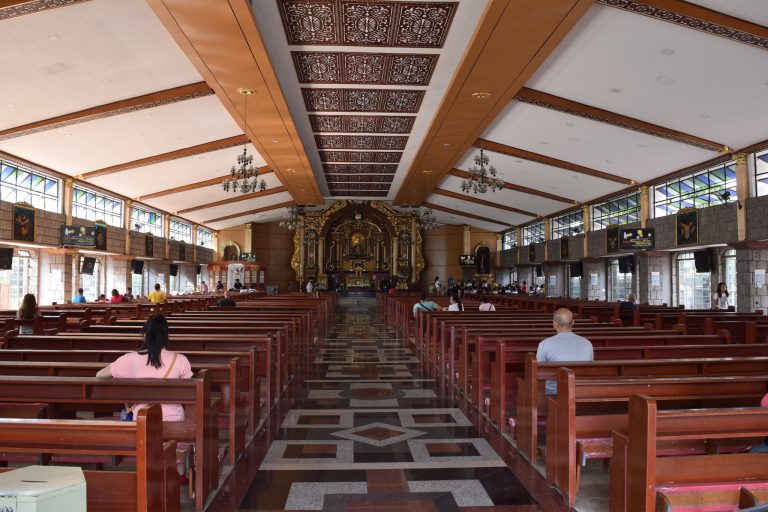What is a Church Planting Movement? The Key Elements
A church planting movement (CPM) refers to the rapid multiplication of indigenous churches planting churches that sweep through a people group or population segment. Rather than churches being planted through missionary or outside efforts, CPMs utilize new local believers to share the gospel and start fellowships among their own people. The elements of a true CPM include:
Obedience-Based Discipleship
At the core of any CPM is obedience-based discipleship rather than merely knowledge-based teaching. The focus is on believers putting into practice the commands of Jesus rather than just gaining information. The disciples are expected to immediately obey and pass on the teachings. This produces generations of disciples making disciples.
Lay-Led Movements
CPMs utilize regular people rather than church leaders or missionaries. Success is not dependent on persuading church leaders or converting key groups first. The mantra is “every believer is a church planter.” Ordinary people are equipped to share the gospel and disciple others. Locals rather than outside missionaries lead each new church.
Rapid Reproduction
A key sign of a CPM is rapid multiplication. Churches are planting churches that plant other churches. Rather than growth by addition, true CPMs grow exponentially. Within months, there can be second, third, and fourth-generation churches starting. This accelerates the spread of the gospel among a group of people.
Simple Churches
The churches started in CPMs utilize simple church models in homes or shops rather than dedicated church buildings. The focus is on lay-led fellowship and worship rather than structured services. Without the financial and legal burdens of an organization, new fellowships can spread rapidly.

Networks (Not Institutions)
Instead of institutions, movements are characterized by rapidly reproducing networks. Organization is limited and fluid enough to allow new fellowships to be easily birthed without restrictions. A limited organization does mean less stability, but it enables organic growth not limited by established institutions.
Focus on the Lost and Unreached
CPMs focus efforts on those with little to no access to the gospel. Unreached and under-reached people groups and religious blocs resistant to existing efforts are targeted. CPMs raise up disciples equipped culturally to reach their own people through family, friends, and neighbors.
Persecution Purifies
The exponential growth of movements invariably threatens existing powers resulting in persecution. However, studies have shown persecution serves to purify and propel movements to spread faster. The willingness to face persecution is a sign of true commitment and zeal. Martyrdom often inspires rapid expansion.
Prayer Precedes
The traits that characterize movements cannot be manufactured by strategy or technique alone. Intense prayer on behalf of specific unreached peoples and places precedes movements with zeal to reach the lost at any cost. Prayer provides the spiritual supernatural foundations for exponential growth.
Vision Before Strategy
While principles and tools can be used to facilitate, CPM practitioners emphasize vision over technique. Challenging bold vision inspires sacrifice, unity, and momentum. Strategy, training, and tools only take off with a vision for what the Spirit can accomplish through Spirit-filled people.
The elements described above work synergistically to allow for rapid kingdom expansion. Without all the components in place, the impact is likely to be limited or short-lived. When combined, there have been documented cases of CPMs exceeding 100,000 churches started in a decade or less. More importantly, millions of new believers become active agents for spreading the gospel to every family and village.







